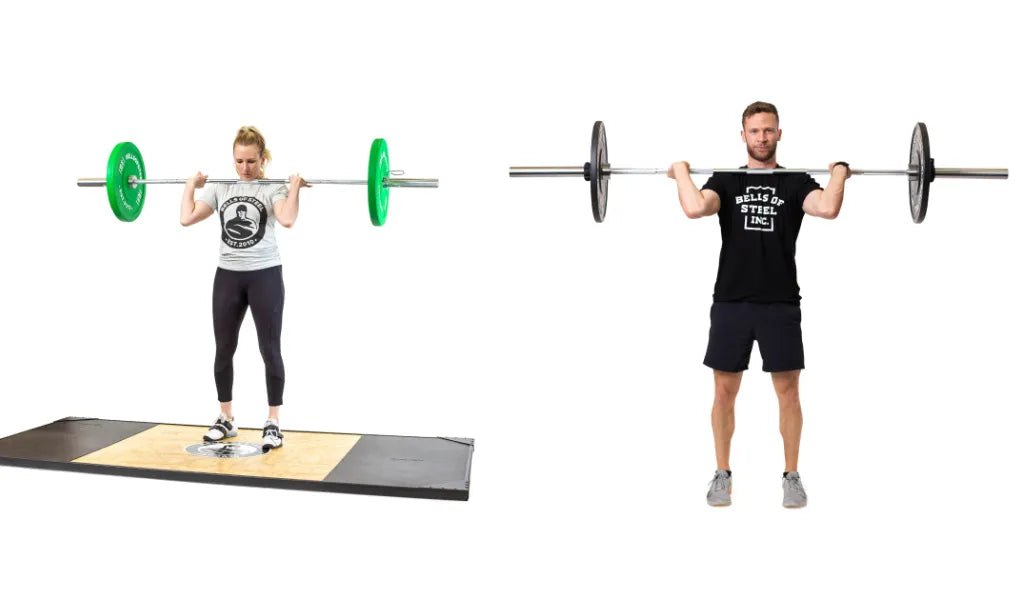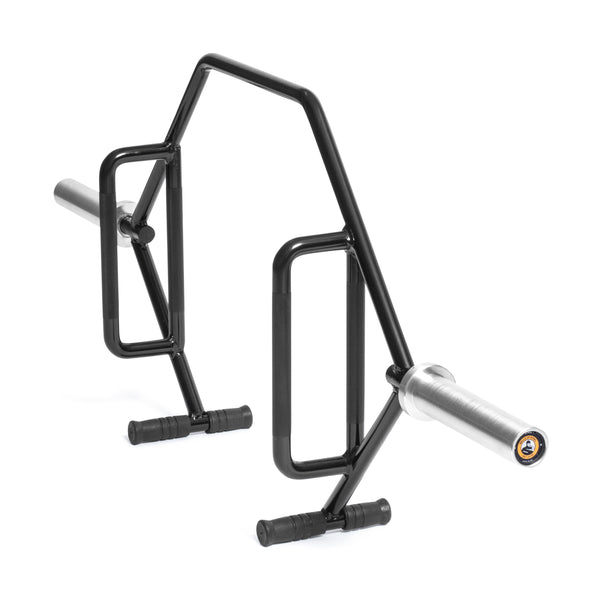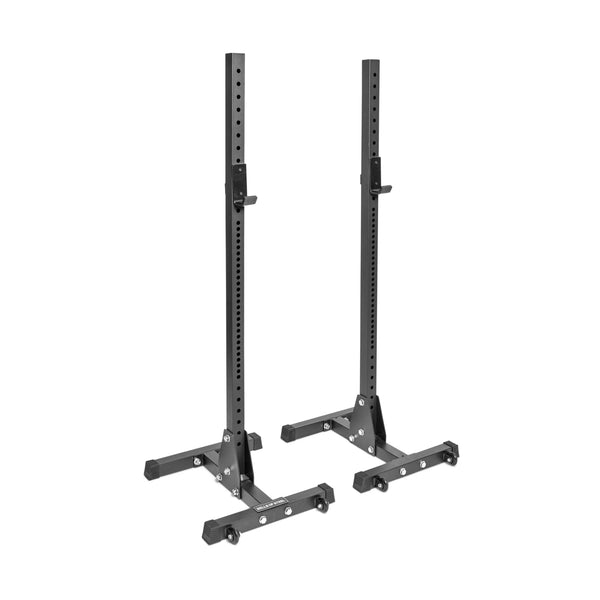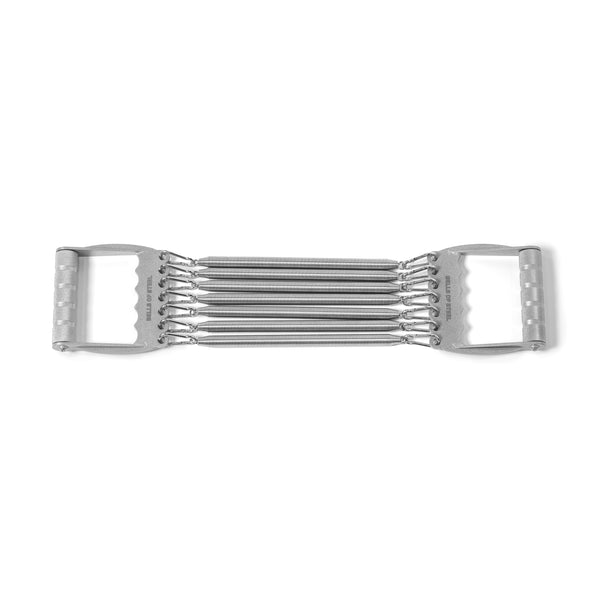If you’ve wandered into the barbell section of a gym or scrolled through a home gym catalog, you’ve probably noticed the labels “men’s barbell” and “women’s barbell.” These aren’t marketing ploys but purposeful designs aimed at optimizing performance for different lifters.
However, the distinction isn’t about strict gender roles—it’s about specifications that accommodate physical differences and preferences. Let’s lift the lid on the differences and why these bars exist.
What’s the Difference Between Men’s and Women’s Barbells?
1. Diameter Matters
- Men’s Barbell: Typically has a shaft diameter of 28-29mm.
- Women’s Barbell: Features a slimmer 25mm shaft.
Why does this matter? The smaller diameter of a women’s barbell makes it easier for those with smaller hands (not just women) to maintain a secure grip, particularly during high-rep sets or technical Olympic lifts.
2. Weight Differences
- Men’s Barbell: Weighs 20kg (44lbs), the standard for most competitions.
- Women’s Barbell: Weighs 15kg (33lbs).
This lower starting weight isn’t just for show—it’s great for beginners or those working on technique. Pairing it with technique plates can help lifters focus on form without feeling overwhelmed by the load.
3. Length and Knurling Adjustments
- Length: Women’s barbells are slightly shorter (about 201cm compared to 220cm for men’s). This helps make the bar more manageable in dynamic movements like the snatch and clean & jerk.
- Knurling: Women’s bars often omit the center knurling found on men’s barbells. Why? Because a smooth shaft is kinder to the neck and chest during cleans, front squats, and jerks.
Why Are Women’s Barbells Optimized?
Women’s barbells are designed to accommodate different hand sizes, grip strengths, and body mechanics. These bars aren’t just for women—they’re great for youth lifters, beginner lifters, or anyone with smaller hands looking for a more comfortable grip.
For athletes pursuing Olympic weightlifting, these bars offer easier handling during technical lifts. The lower weight and smaller diameter make transitioning into lifting less intimidating and more efficient.
Do I Need to Use a Women’s Barbell?
The short answer: No. You can use whatever barbell you prefer.
- Women Using Men’s Bars: Perfectly fine if you’re comfortable with the grip and weight. Many women switch to standard men’s bars as they progress, especially in powerlifting or CrossFit, where the men’s bar is the competition standard.
- Men Using Women’s Bars: Totally okay. If the smaller diameter or lighter weight helps your lifts, go for it!
The key is comfort and preference. However, if you’re training for a competition, it’s wise to practice with the competition-standard barbell to get used to the feel and balance.
FAQs About Men’s and Women’s Barbells
Q: Why are women’s barbells lighter?
A: The lighter weight helps beginners and those refining their technique to focus on form without overloading. This is particularly beneficial for Olympic lifts that demand precision.
Q: Can I lift heavy weights with a women’s barbell?
A: Absolutely. Women’s barbells are engineered with high tensile strength and can handle heavy loads just like their male counterparts. Don’t let the name fool you—it’s built tough.
Q: Should youth lifters use a women’s barbell?
A: Yes! The smaller diameter and lighter weight make it a fantastic option for younger athletes learning the basics. It’s the perfect stepping stone before moving to heavier, standard bars.
Q: Do women’s barbells cost less?
A: Not necessarily. The lighter weight doesn’t mean a lighter price tag. The high-quality materials and precise engineering keep the cost comparable to men’s bars.
The Bells of Steel Take on Barbells
Whether you’re choosing a men’s or women’s barbell, Bells of Steel has options designed for lifters at every level. Consider pairing a women’s bar with technique plates for a beginner-friendly setup or grab a men’s bar for heavy-duty lifts. And remember, your barbell isn’t defined by gender—it’s a tool for your gains.




